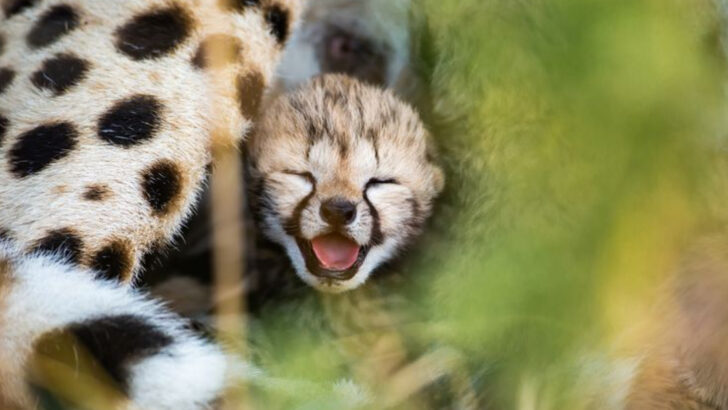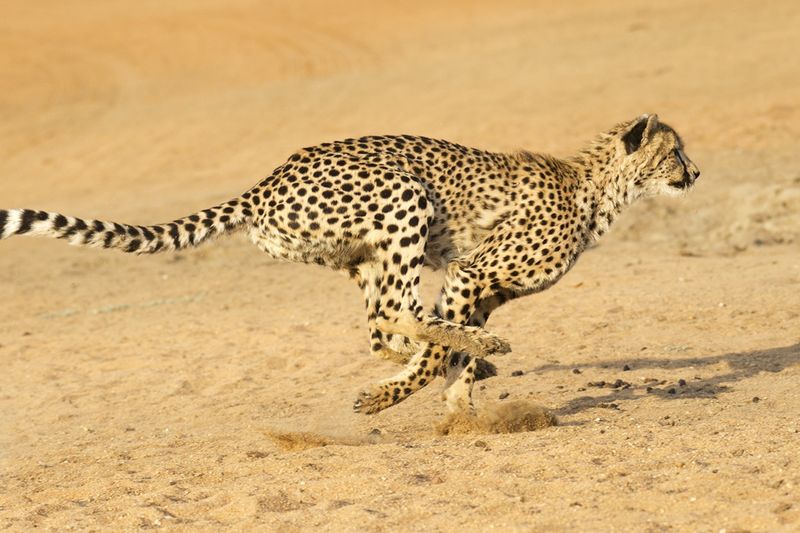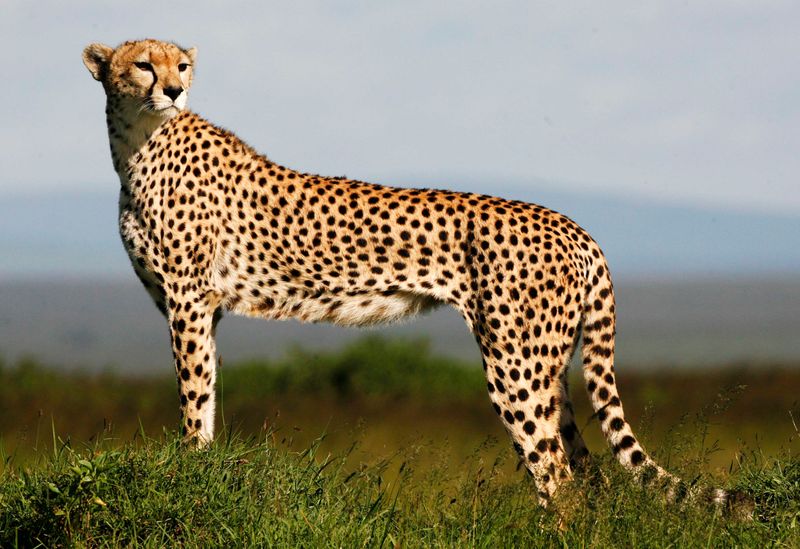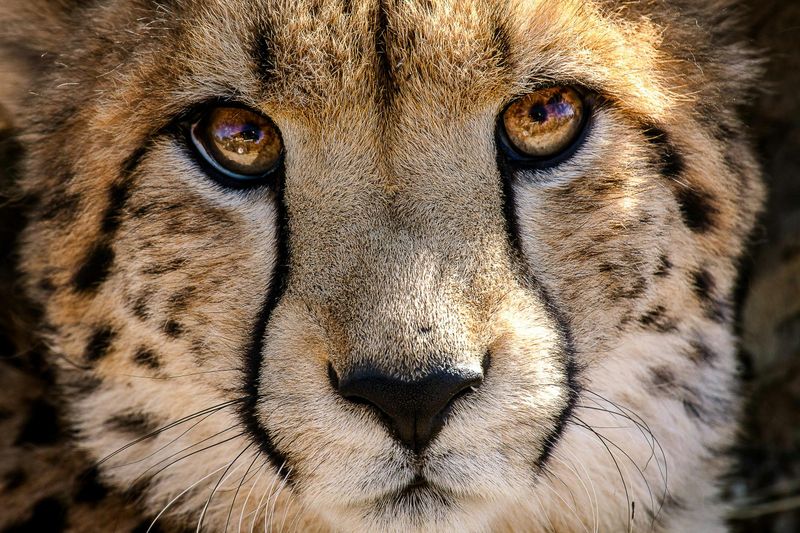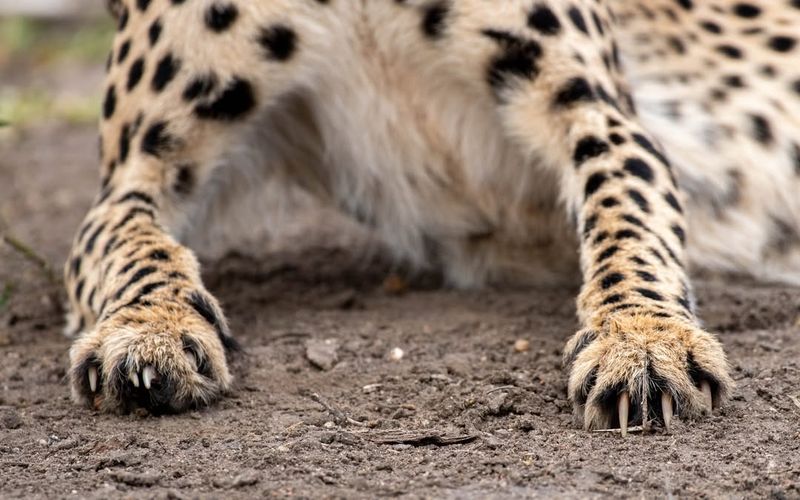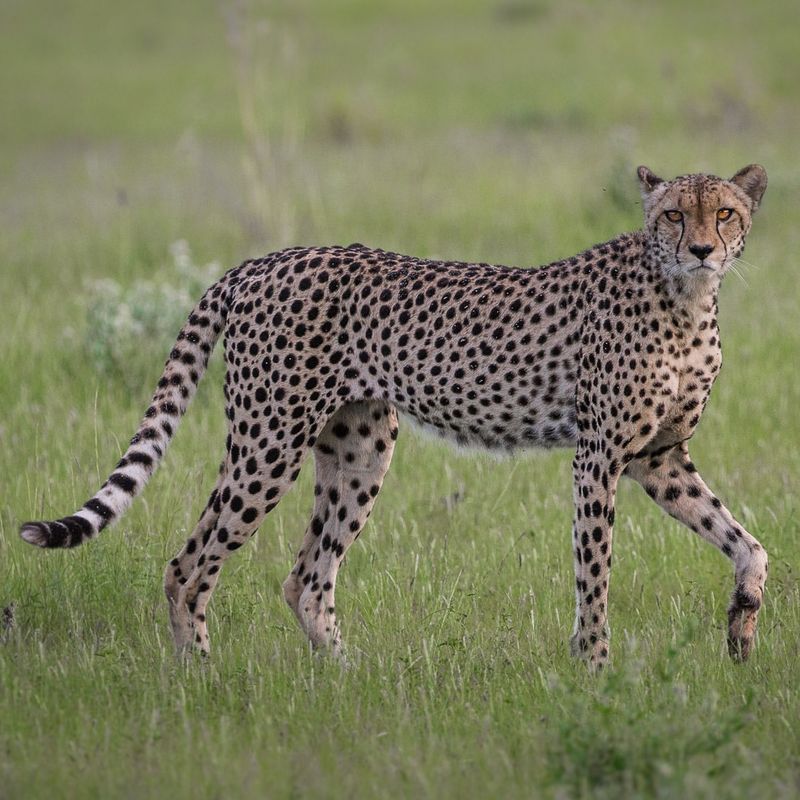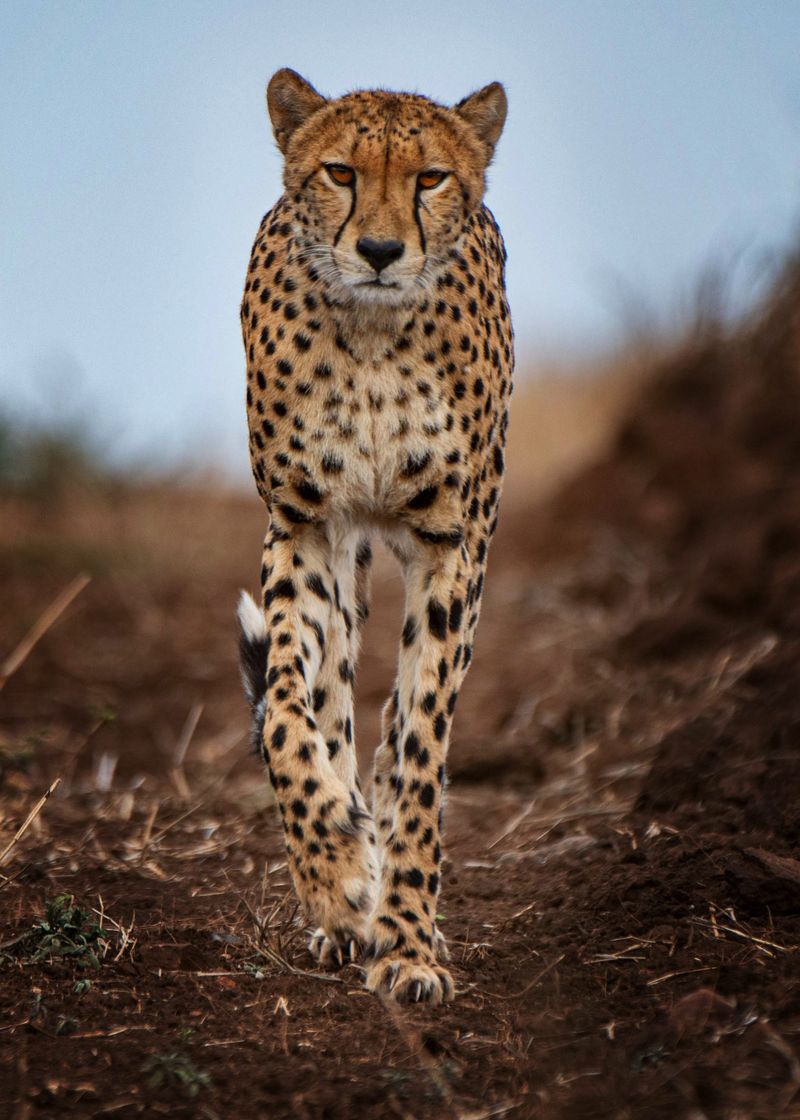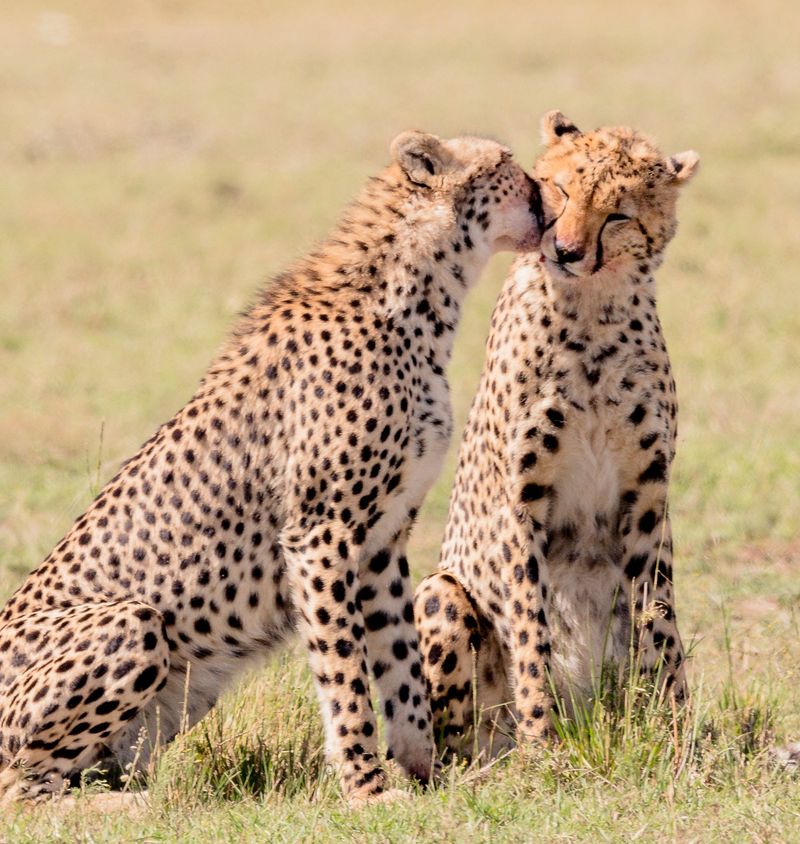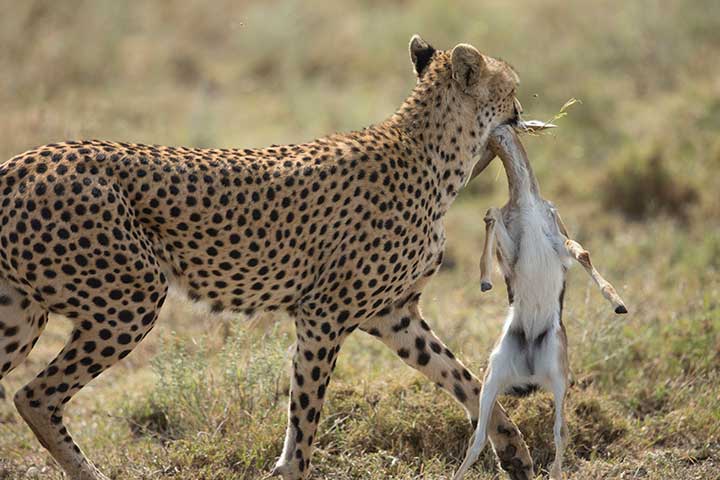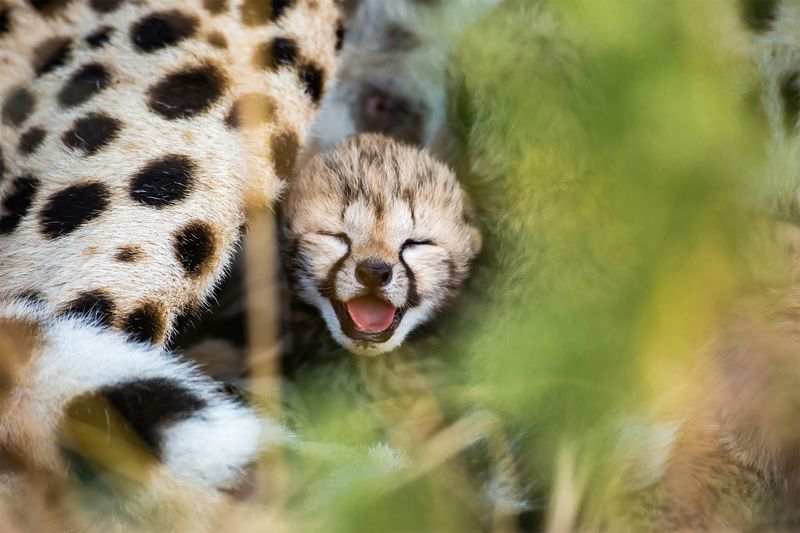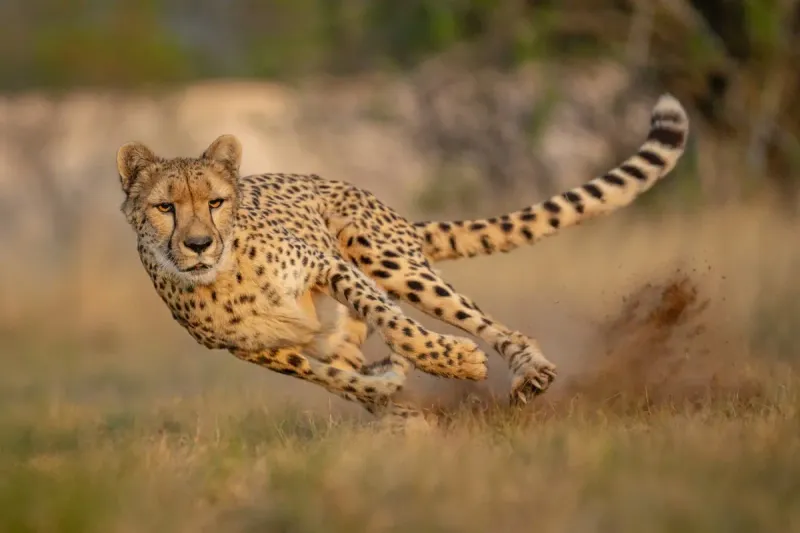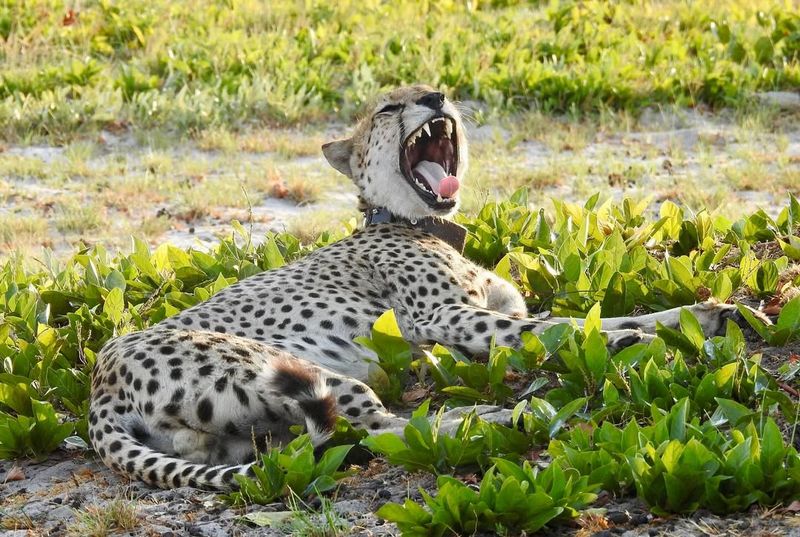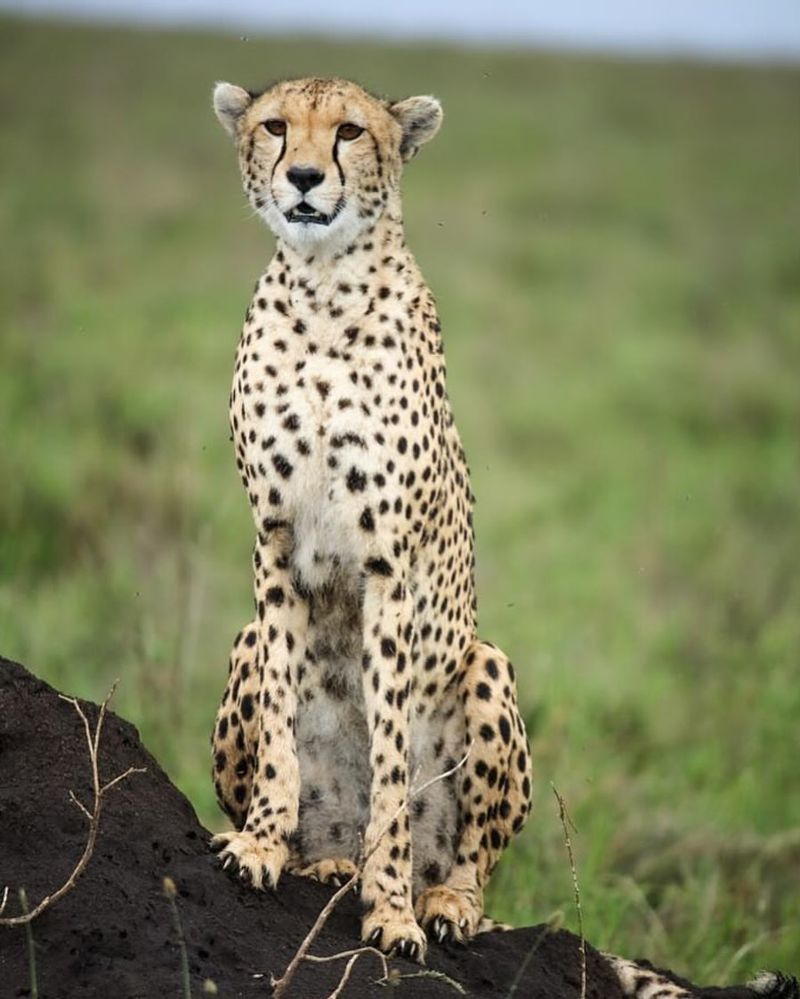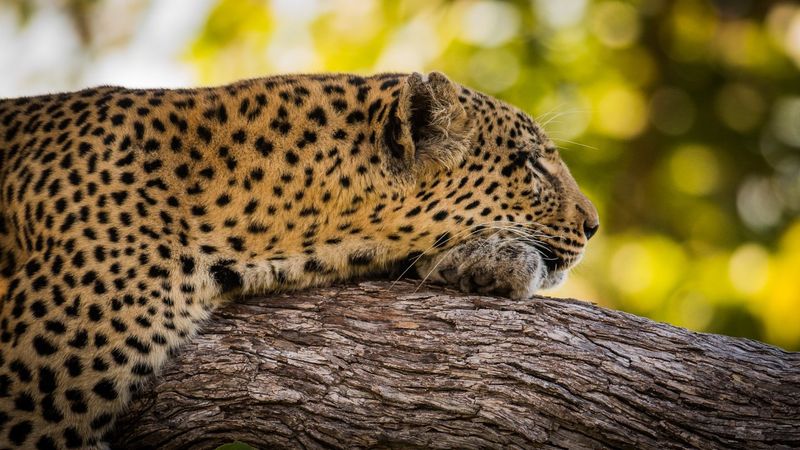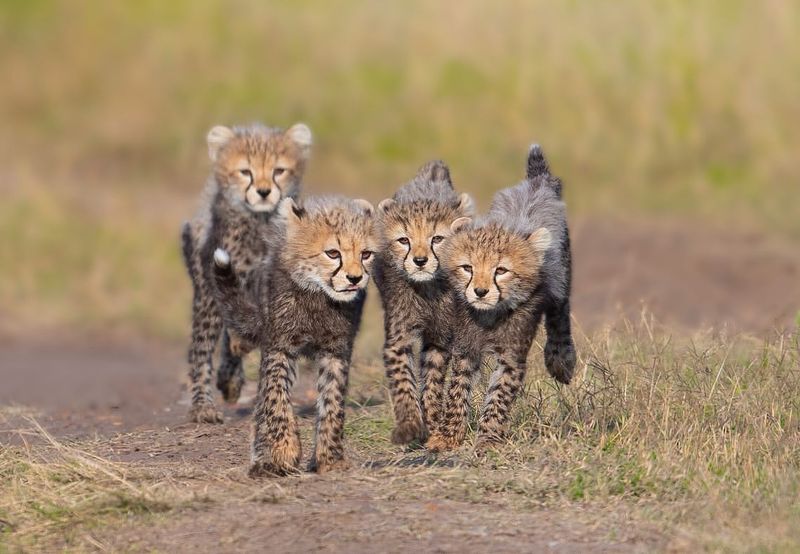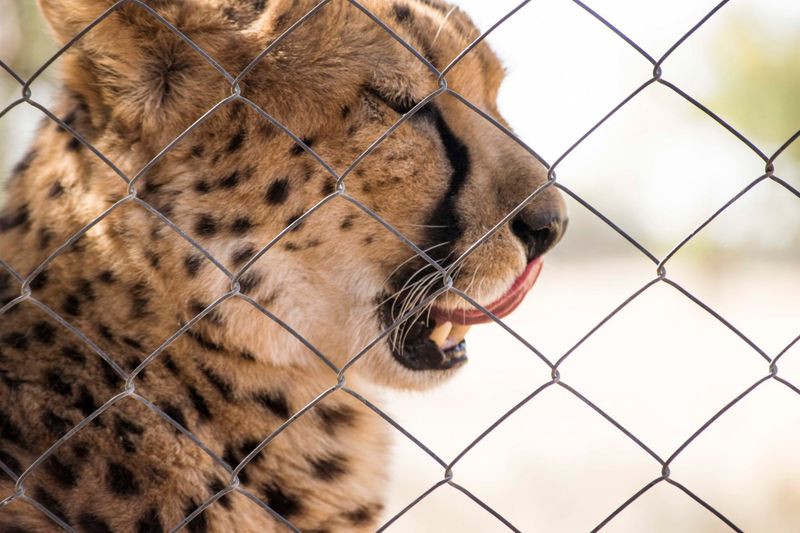Cheetahs possess a remarkable combination of speed, specialized physical adaptations, and unique social behaviors that distinguish them from other big cats. Their lean bodies, long limbs, and lightweight frames are all designed for maximum acceleration, making them the fastest land animals. These physical traits, combined with their keen eyesight and sharp hunting instincts, allow them to excel as predators in the wild.
Unlike other large felines, cheetahs have evolved features specifically for high-speed pursuits rather than brute strength. Their semi-retractable claws provide extra grip, and their large nasal passages enable efficient oxygen intake during sprints. Additionally, their long tails help with balance and agility, allowing them to make sharp turns while chasing prey. These adaptations work together to ensure that cheetahs remain unmatched in speed and precision.
Beyond their physical attributes, cheetahs also display distinctive social behaviors and communication methods. Unlike lions, which live in prides, male cheetahs often form small coalitions for better hunting and territorial defense, while females remain solitary except when raising cubs. Their vocalizations include chirps, purrs, and growls, which are unlike the deep roars of other big cats. These behavioral traits, along with their incredible speed, make cheetahs one of the most fascinating and unique predators in the animal kingdom.
1. The Speed Demon of the Animal Kingdom
Cheetahs are the fastest land animals, reaching speeds up to 70 mph in short bursts. Unlike other big cats that rely on strength, cheetahs boast unparalleled acceleration, going from 0 to 60 mph in just 3 seconds. This feat rivals most sports cars, enabling them to outpace any prey. Their aerodynamic bodies and specifically adapted muscles make them the ultimate speedsters. Observing a cheetah in full throttle, its body a blur of spots and muscle, is witnessing nature’s embodiment of speed. This unique capability makes the cheetah a true marvel in the wild.
2. Built Like a Sprinter, Not a Wrestler
Unlike the muscular bodies of lions and tigers, cheetahs have a slender, lightweight frame designed for speed. Their long limbs, deep chest, and small waist contribute to their sprinter-like physique, sacrificing the muscle bulk seen in their feline relatives. This unique build allows them to excel in quick, short bursts rather than prolonged power battles. Cheetahs’ bodies are the epitome of evolutionary engineering, finely tuned for the art of speed over brute strength. Witnessing their lithe form in motion reveals the grace and efficiency crafted by nature.
3. Racing Stripes for a Reason
Cheetahs’ iconic black ‘tear marks’ extending from their eyes to their mouth are more than mere decoration. These marks reduce glare from the sun, enhancing their focus on prey during high-speed hunts. Acting as natural sunglasses, these marks allow cheetahs to maintain sight of their target even in bright conditions. The evolutionary advantage provided by these tear marks highlights the cheetah’s adaptation to its environment. Each hunt is a testament to these subtle yet powerful facial features, underscoring their role in the cheetah’s predatory success.
4. Non-Retractable Claws: The Ultimate Traction Control
While most big cats have retractable claws, cheetahs keep theirs extended, providing extra grip during chases. These claws act like built-in cleats, offering stability and traction on various terrains. This adaptation ensures they maintain high speeds without slipping, a critical feature during pursuits. The cheetah’s non-retractable claws are a perfect example of how evolution shapes features for specific ecological niches. Observing a chase, one can marvel at how these claws play a pivotal role in the cheetah’s hunting tactics, exemplifying nature’s ingenuity.
5. A Tail That Works Like a Rudder
Their long, muscular tail serves as a counterbalance, aiding in sharp turns at full speed. This natural rudder helps them pivot effortlessly while maintaining momentum. Chasing agile prey like gazelles requires such agility, and the tail’s role is indispensable. During a high-speed pursuit, the cheetah’s ability to turn on a dime without losing speed is a remarkable sight. The tail’s function as a balancing tool showcases how every part of the cheetah’s anatomy is perfectly adapted for speed and precision in hunting.
6. Silent, Purring Predators
Unlike lions, tigers, and leopards, cheetahs cannot roar but purr, chirp, and meow like house cats. Their vocalizations are high-pitched and used for communication, particularly with cubs or when calling for help. This unique trait sets them apart in the world of big cats, where roaring is often associated with territory and dominance. Cheetahs’ gentle sounds contrast their fierce hunting prowess, adding a layer of intrigue to these magnificent animals. Their vocal nature emphasizes the diverse adaptations within the big cat family.
7. Socially Selective
Most big cats, like lions, live in large prides, but cheetahs are more selective socially. Males often form small coalitions, typically with brothers, for enhanced hunting and territorial defense. Females prefer solitude, interacting mainly with their cubs. This social structure is unique among big cats and reflects their specialized needs and strategies. The cheetah’s selective social behavior allows them to maximize resources and adapt to their environments. Observing a cheetah coalition provides insight into this intriguing aspect of their lives, highlighting contrasts within the feline world.
8. The Only Big Cat That Hunts During the Day
While leopards, lions, and tigers are primarily nocturnal, cheetahs hunt in daylight to avoid competition. Their keen vision allows them to spot prey from afar even under the glaring sun. This diurnal hunting strategy helps them evade larger predators like lions and hyenas. Observing a cheetah on the hunt during the day offers a unique view of strategy and adaptation. The cheetah’s choice to operate under the sun highlights their distinct role in the ecosystem, showcasing their adaptability and survival skills in the wild.
9. The ‘Almost’ Big Cat
Cheetahs belong to the Felidae family but aren’t classified in the Panthera genus like lions and tigers. Instead, they have their own genus, Acinonyx, due to their unique adaptations. This separation underscores the distinct evolutionary path cheetahs have taken. Their differences in anatomy, behavior, and hunting techniques highlight why they stand apart. Observing cheetahs in their natural setting reveals why they are considered an ‘almost’ big cat. This classification showcases the diversity within the world of large felines, emphasizing the cheetah’s unique niche.
10. Sprint, Don’t Stalk
Unlike other big cats that use stealth and ambush, cheetahs rely on speed and precision. Their hunt involves spotting prey from a distance, launching a high-speed pursuit, and tripping the target with a well-timed swipe. This approach contrasts sharply with the ambush tactics of lions and leopards. The cheetah’s hunting strategy is a fascinating display of athleticism and timing. Observers are often captivated by the sheer velocity and agility of a cheetah in pursuit, showcasing an evolutionary marvel perfected over millennia.
11. Rapid Recovery Required
After a chase, cheetahs need to rest for about 30 minutes before eating, as their bodies quickly overheat. This vulnerability leaves them susceptible to scavengers like hyenas and vultures, who often steal their meals. The need for rapid recovery is a unique challenge cheetahs face due to their high-speed pursuits. Watching a cheetah post-chase reveals this delicate balance between energy expenditure and survival. Their recovery period underscores the intense physical demands of their hunting technique, highlighting both their strength and vulnerability in the wild.
12. Supercharged Lungs and Heart
Cheetahs have oversized lungs, a massive heart, and large nasal passages to intake huge amounts of oxygen while running. Their breathing rate can jump from 60 to 150 breaths per minute during a chase, akin to an Olympic sprinter. These adaptations are crucial for sustaining their incredible speed and endurance. Observing a cheetah’s anatomy reveals the complex interplay of traits that support such high-performance activity. Their respiratory and circulatory systems are marvels of nature, designed to push the limits of speed and agility in the animal world.
13. A Cheetah’s Spots Are One of a Kind
Just like human fingerprints, no two cheetahs have the same spot pattern. These spots serve as camouflage, helping them blend into tall grasses and stay hidden from both prey and predators. The individuality of each cheetah’s spots is a testament to nature’s creativity. Observing their coats reveals the intricate patterns that define each animal. This unique feature underscores the cheetah’s role in the ecosystem, showing how even their appearance is tailored for survival. Their spots are more than decoration—they are vital tools for stealth and survival.
14. Cubs with Built-in Disguises
Cubs are born with a long, grayish mane along their backs, resembling honey badgers—one of Africa’s most feared creatures. This disguise helps deter predators during their vulnerable months. The resemblance to a fierce animal provides a clever protective mechanism for the young cubs. Observing these cubs highlights the adaptive strategies utilized by cheetahs for survival. Their early camouflage is a fascinating example of evolutionary ingenuity, showcasing how even the youngest cheetahs are equipped to face the challenges of the wild.
15. Running Towards Extinction?
Despite incredible adaptations, cheetah populations are dwindling, with fewer than 7,000 left in the wild. Habitat loss, human-wildlife conflict, and illegal pet trade are serious threats to their survival. Conservation efforts are crucial to prevent extinction. Observing the challenges cheetahs face underscores the urgent need for preservation. Their plight is a stark reminder of the impact of human activity on wildlife. Protecting these magnificent creatures requires global awareness and action, ensuring future generations can witness the grace and power of the cheetah in the wild.
